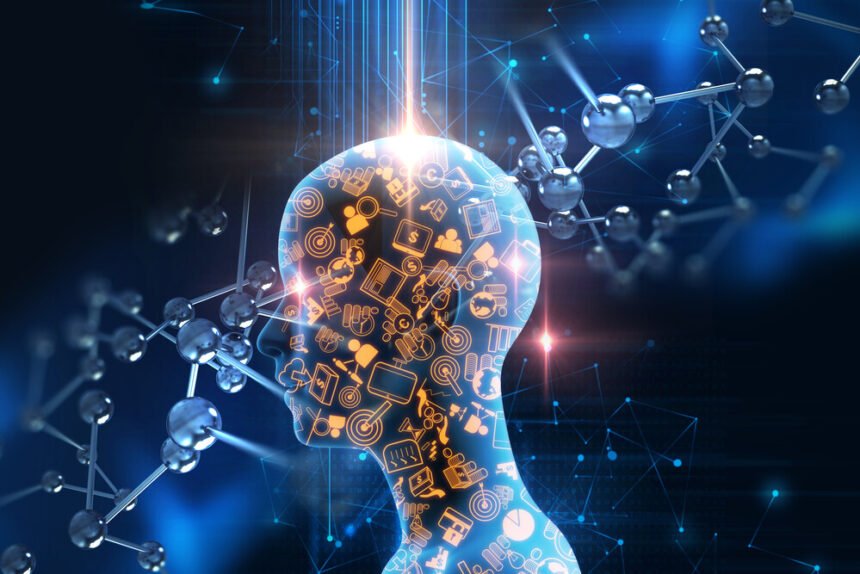The topic of machine learning (ML) and artificial intelligence (AI) gets more sensitive as we delve further into the second decade of the third millennium. With each study, announcement, and discovery, we dig deeper into the matter, having more and more trouble when it comes to differentiating hype and reality. Perhaps the hype is something that we may call human nature as an extension of our everlasting yearning for the next big technological advancement.
First, we discovered fire, and then we discovered how to manipulate fire. Later came the industrial and the digital revolution. The next most logical step is the abolishment of human labor — at the hands of none other than AI and ML.
Although many historians and philosophers have indeed tackled this possibility, some claims have been outrageous, devoid of any substance and serving only as “hot takes,” designed to create pointless excitement. Let’s bust these myths and allow the truth to rise up to its deserved place in the informational hierarchy.
Misconceptions upon misconceptions
First of all, it’s worth noting that many instances of people labeling some programs and endeavors as ML or AI has mostly been plagued by mistakes and overhyping when there is no reason to do so. Artificial intelligence often gets thrown around when there any form of the autonomous agent, capable of performing even medial tasks. If such a machine or program can “behave, reason or interact,” then it’s completely fine using the aforementioned term. The problem is that not every central processing unit (CPU) is AI by definition.
What about ML? Machine learning is a concept that is characterized by instilling a pattern inside a machine or a program, making it able to find other examples of that pattern on its own. The critical component of this specific instance is “on its own.” An advanced AV could be deemed as an example of ML, but unbeknownst to many individuals, not every locator or search service is an example of a machine learning to perform a new action or gather data on its own.
Aside from these misconceptions, then there is always the classic “AI takeover / robot uprising” that has been imagined for decades in science fiction. Even well-respected thinkers like Stephen Hawking and Elon Musk have advocated for plans to ensure that humans will always remain in control of intelligent machines.
But how real is this threat borne of science fiction? In some economical respects, AI takeover is already happening with self-driving cars replacing human drivers and virtual assistants and chat bots becoming mainstays in online customer service. Certainly, especially for millennials, layoffs are a legitimate concern, but a recent study revealed that 77 percent of businesses have restructured to include AI and keep their human staff members by offering them new position instead of replacing them with machines.
Too much hype surrounding AI
An excellent example of current, pragmatic artificial intelligence would be categorization software. Such a program can go through large amounts of data in no time, spelling people and allowing them to focus their brainpower on less repetitive and less tiring tasks. This also goes for chatbot – they can behave in a certain way, reason the response or a question of a person and respond accordingly. The interaction is there; the machine is aware that it is participating with a conscious, sentient interlocutor.
What is hype here? Well, when a speaker at a conference signifies the importance of AI in a particular part of IT industry or factorial production, people misinterpret him badly. Let’s take a look at something that people “expect” when they hear the term AI:
- Sentient conversations on a whole bunch of topics
- Absolute obedience with an additional capability of assisting humans anytime they ask for it
- The ability of emotional perception and having compassion
- Being self-aware about its existence and the place the program holds in this plane of existence
- The inability to get tired or, as some would say, an infinite influx of mechanically-simulated neural resources and memory
Do any of our present-day AIs perform any of these tasks? The short answer is no, but the more elaborate answer is in the following paragraph.
Debunking AI/ML myths
Of all the things people think that AIs can perform nowadays but, from everyone’s experience, it’s evident that this ability is still in its first phase. The AI can recognize several linguistic patterns and use its own, human-instilled vocabulary to respond to questions and proclamations.
However, there is always a fine line difference between a successful interlocutory contact and the conversation going astray. Too many times we have seen things getting out of hand when the AI doesn’t recognize what is being talked about. Therefore, the obedience part also goes out of the window. How can we fear a Terminator-like scenario of mechanic disobedience when machine can’t even perform necessary conversations with their human counterparts?
What to hope for
We are a long way from creating Jarvis and having completely autonomous machines. Machine learning is still in its infancy and will be deemed complete only when we can let the machine sort out its problems and malfunctions on its own.
We are headed in a proper direction, and our marketing and elaborations are getting better and better. However, this isn’t a reason to get carried away and forget all about the still infant branch of it – ML/AI. We are nowhere near the dreaded “AI takeover” of science fiction. Through careful research and correct information, we will reach our goals sooner than later.

